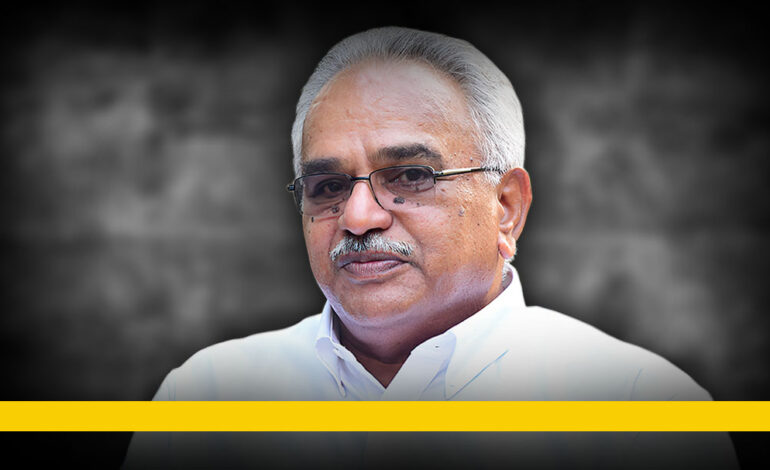
Long, flowing hair, styled in “Step Cut”, a neatly trimmed beard, a unique sartorial statement marked by colourful broad-block check shirts, a countenance with a seemingly perpetual smile and a striking physique that stood out in any crowd. This was the Kanam Rajendran we looked up to with wonderment in our adolescent days. Indeed, being in his mid-20s, he was essentially a slightly elder comrade to us, a clutch of teenagers who participated in the activities of the Communist Party of India (CPI) around Thiruvananthapuram, the capital of Kerala. But there were manifold reasons for looking up to him with wonderment.
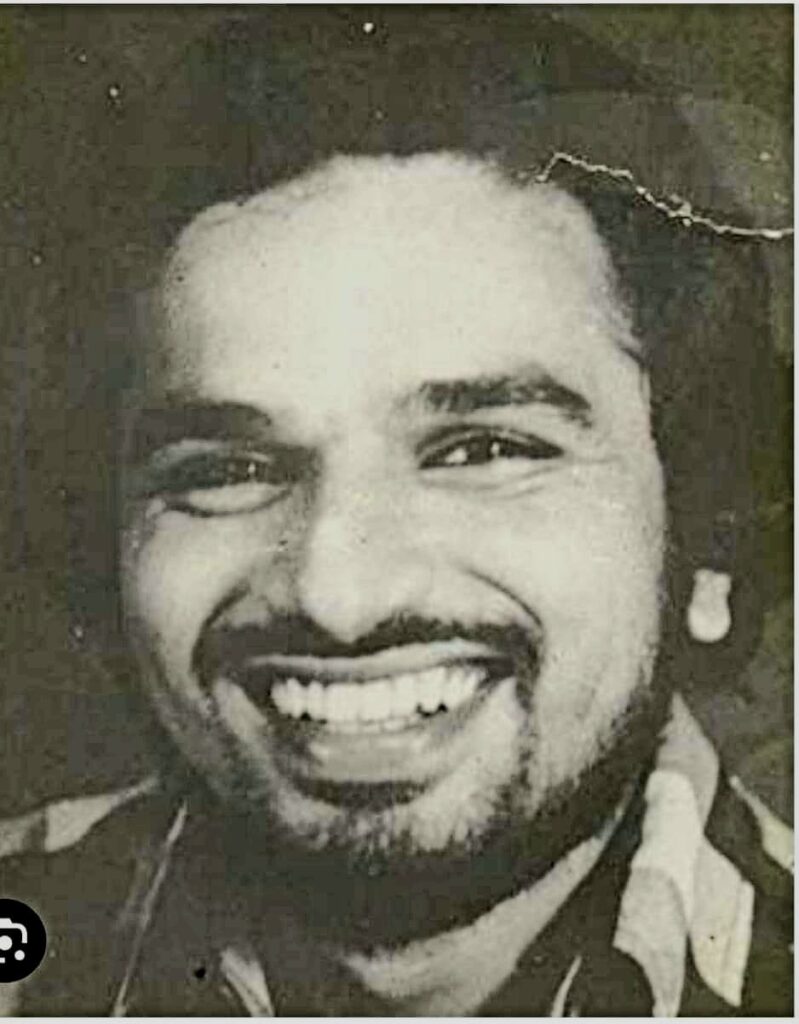
To start with, he was already a member of the CPI’s State Secretariat, the most powerful organisational body of the party in Kerala. Getting into that committee at such a young age was certainly no mean achievement, especially in the context of the strict organisational rigours that the CPI used to follow in finalising the systems of hierarchy. Moreover, an array of political stalwarts, including legendary leaders like MN Govindan Nair, KC George, C Achutha Menon, C Unni Raja, PR Nambiar and NE Balaram were actively leading the party at the time.
That Kanam had reached the State Secretariat during this period was certainly valued at all levels of the party hierarchy.
However, there was also the fact that all these senior, legendary leaders, believed in the leadership capabilities of the youth. They all bestowed great hopes on the youth leadership. And Kanam was indeed in the front row of this youth leadership. The very fact that he was elected as the Secretary of the All India Youth Federation (AIYF) in 1970, even before he had completed 20 years of age was testimony to this.
Those days, I was close to two Rajendrans in the CPI, whom I had designated as elder brothers. One was E Rajendran, who had taken to Left Extremism for a while and returned to the CPI. His oratory used to inspire us and instil tremendous enthusiasm. The other, of course, was Kanam Rajendran. Kanam was the Secretary of the AIYF before E Rajendran.
Just a rung below the row of legendary leaders mentioned earlier, the Kerala CPI hierarchy had a senior leadership team at that period, which too boasted heavyweight names such as PK Vasudevan Nair, CK Chandrappan and Antony Thomas. The generation of leaders who rose along with Kanam had its own intellectual and political giants such as Kaniyapuram Ramachandran and Thoppil Gopalakrishnan.

This latter generation of young CPI leaders had very many political and organisational challenges to face. The tragic split of the CPI and the formation of the Communist Party of India ( Marxist ) – CPIM- in 1964 had literally dealt severe body blows to the youth and student wings of the erstwhile CPI. But Kanam and the others in his generation took up the challenge seriously and sought to energetically rebuild the student and youth wings of the CPI. These energetic efforts did find tremendous resonance in a significant section of the youth in Kerala during that period.
Unemployment among the youth was a core issue that Kanam and his team repeatedly took up to raise campaigns and agitations. He established himself as an effective leader on the agitation and campaign fronts. A notable characteristic of these agitations was that Kanam and his team of young leaders were not stifled by the fact that the State government at that time was headed by veteran CPI leader C Achutha Menon, who was leading a ministry, of which the Congress was a major partner.
They boldly raised their voice against the skewed policies of the union government. At the regional level, they fought assiduously, at the political and organisational levels, against the CPIM cadre, which had branded the CPI as enemy number one, as well as the Youth Congress, which had practically become a parallel political centre within the Congress wielding greater power than the senior leadership of that party. Significantly, the youth leaders of the Kerala CPI took these multidimensional political-organisational struggles forward not on the basis of huge mass following, but primarily on the strength of conviction on their ideals and the relevance of the slogans that they had raised.

The senior leadership of the CPI found great merit in this steadfast idealism and integrity of the young leaders of Kerala. That is exactly why youngsters like Kanam found a place in key decision-making bodies such as the State Secretariat. The senior leaders had no doubt that they were making the right choice. That conviction was proved right by history too.
At the personal level, I too have a memory of Kanam standing resolutely by young party activists like me in the face of a tough agitation and police action.
The agitation was once again raising the issue of unemployment. “Employment or Jail” was the slogan we raised under the leadership of those like Kanam, Panniyan Raveendran and Thoppil Radhakrishnan. A broader explanation of the slogan was emotive. It asked the powers that be to give the youth employment or throw them in jail. I too was arrested along with several others in this agitation. Kanam was resolutely with all of us at that time boosting our confidence and energy.
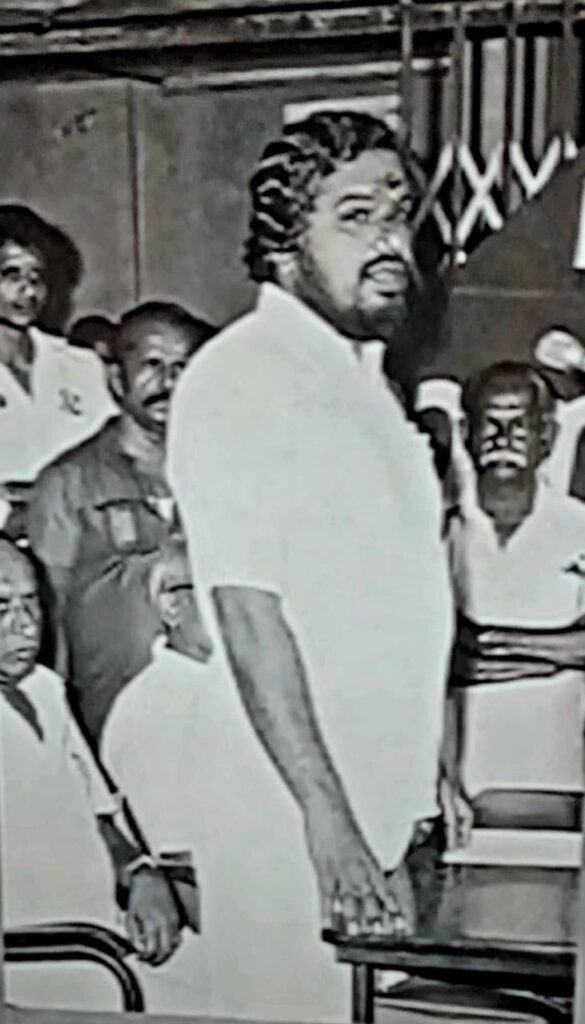
Indeed, Kanam was a confidence-inspiring presence in agitations and other political actions, but he also systematically pursued political interventions at the level of cultural activities. The Youth Festival that Kanam organised along with Kaniyapuram Ramachandran and Thoppil Gopalakrishnan in Kerala in 1972 was one of these interventions that was rated as a big success on this front. He was also an avid movie buff, who participated in the film society movement of Kerala, especially in and around Kottayam.
I believe that it was the cumulative effect of this multifaceted political and cultural activism that resulted in Kanam’s electoral victory in 1982 from the Vazhoor constituency. The election that year was particularly bad for the CPI as many senior leaders including PK Vasudevan Nair and PS Sreenivasan had been defeated. The room in the MLA hostel of the new MLA practically became the camp office of student federation activists, including me. Another MLA room that we, the student federation activists, had practically confiscated belonged to VK Rajan, who had won from Kodungalloor. Both the MLAs provided succour to the student federation activists in the form of regular meals and refreshments. At the same time, we also saw that they were open to drawing from our learning as students of various disciplines. Kanam used to tell us about his doubts on various subjects before he made a presentation in the assembly.

In later years, many of these student federation activists pursued diverse vocations and moved away from mainstream political activity. Some of us moved to new geographical stations too, far away from Kerala. Still, a large number of student activists of the late 1970s and 1980s felt a special thrill and joy when Kanam was elected as the State Secretary of the CPI in 2015. When we used to meet occasionally, I could still sense the fraternal love and guidance that he had shown us during those years of joint political action. He used to follow the notes that I used to intermittently post on social media, especially those relating to the history of the communist movement in India. He also used to give suggestions on points to be taken up in these writings.
A firm believer in the necessity of cultural interventions from a political perspective, he was involved in the activities of the Kerala People’s Arts Club (KPAC), a historical, social and cultural movement of Kerala. He had given me some assignments in relation to this organisation. I was elected to the governing council of the organisation and was looking forward to working together with Kanam in this organisation.
That, of course, will not happen now. Certainly, Kanam will be missed on many fronts, political, cultural and personal. What exactly would be the depth of the void left by him? I cannot gauge now. But, indeed, it is a huge void.
To receive updates on detailed analysis and in-depth interviews from The AIDEM, join our WhatsApp group. Click Here. To subscribe to us on YouTube, Click Here.


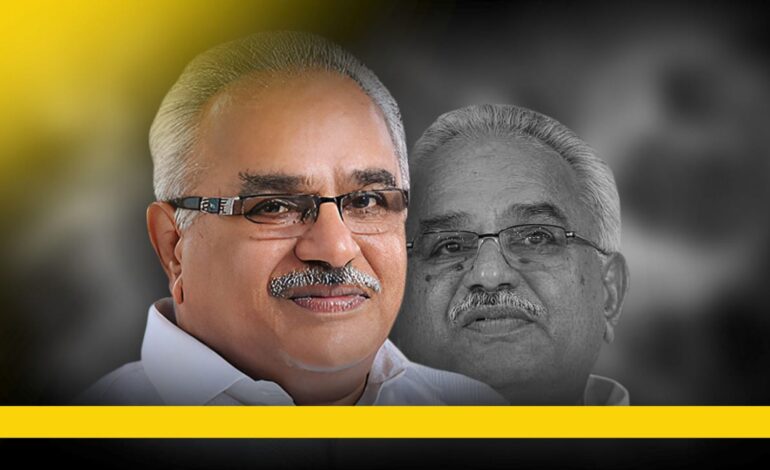

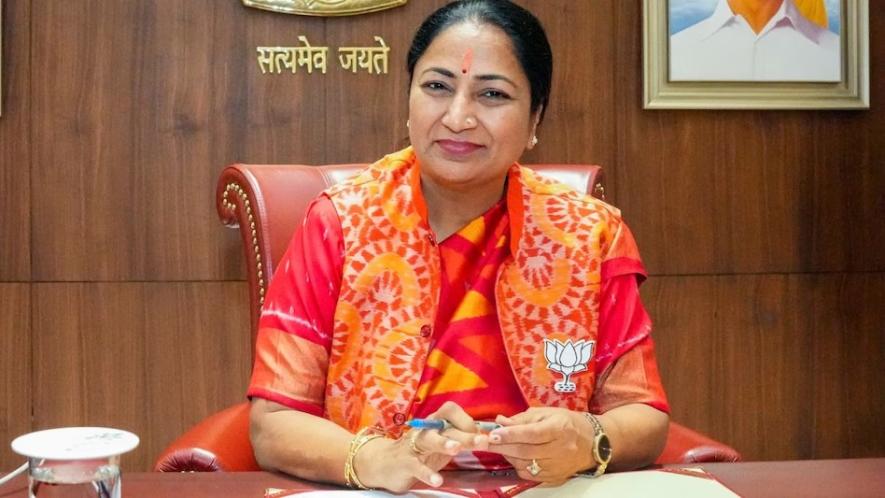
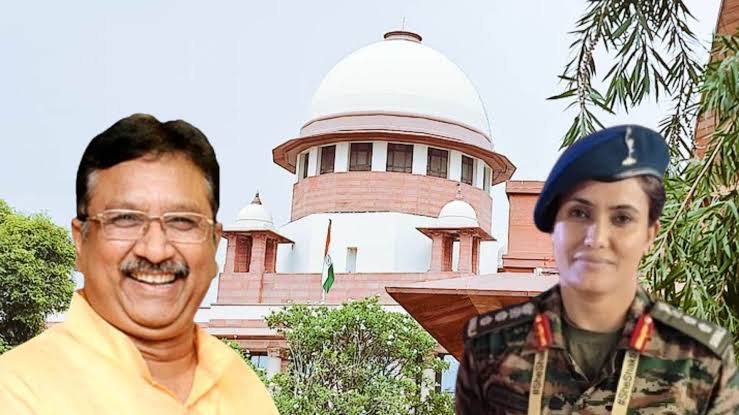
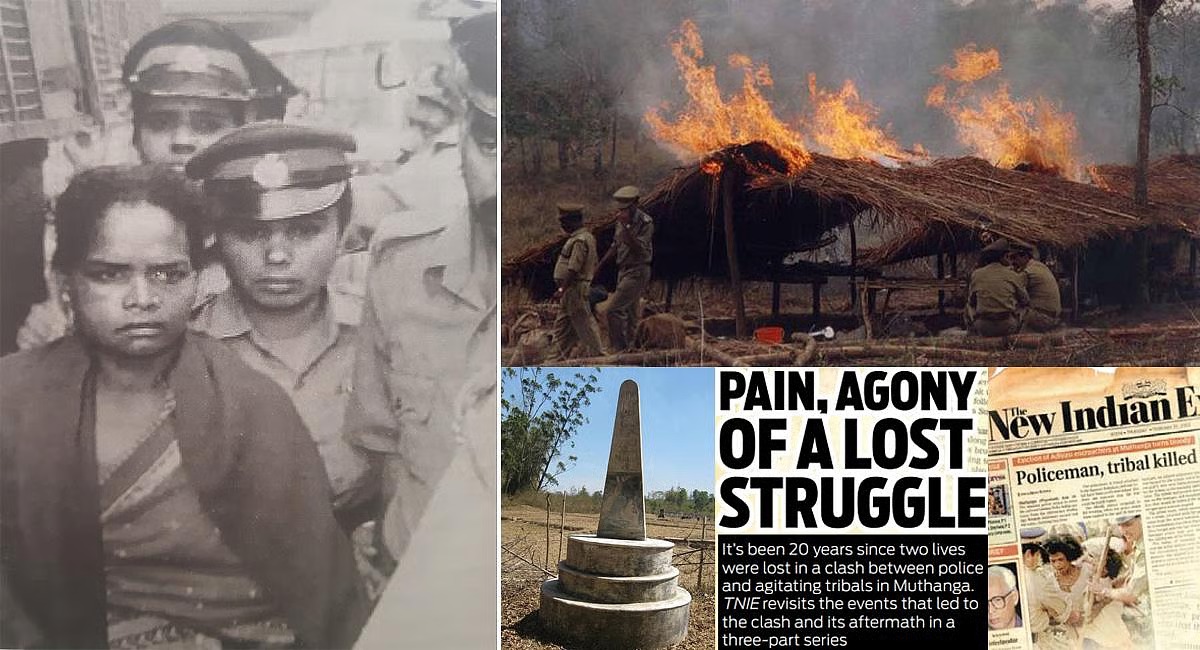
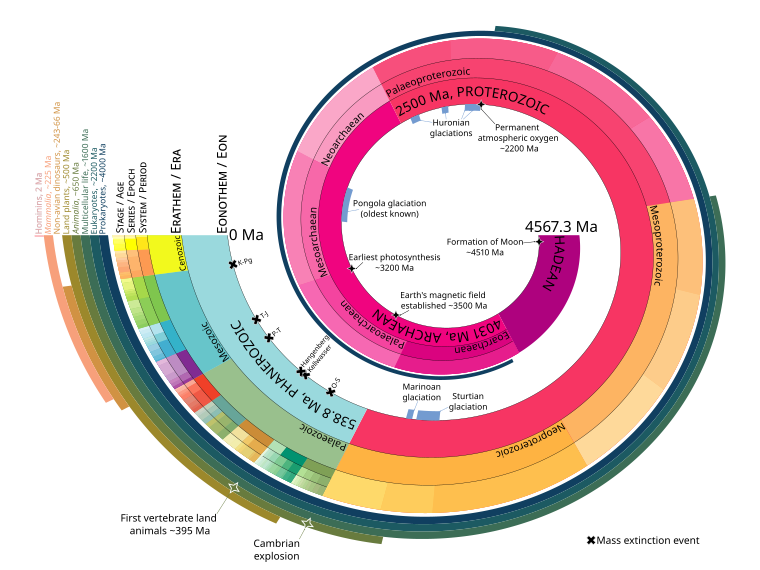
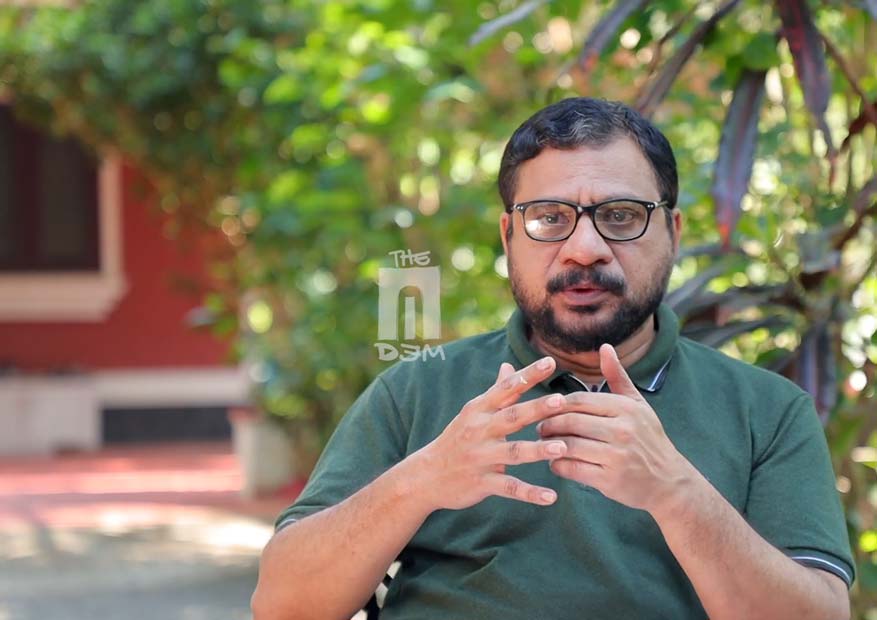
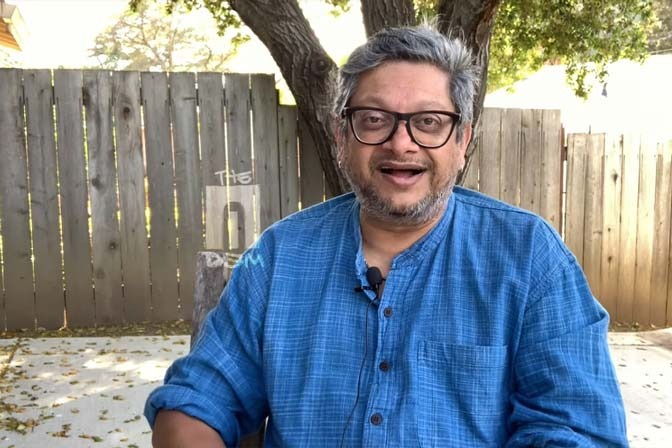
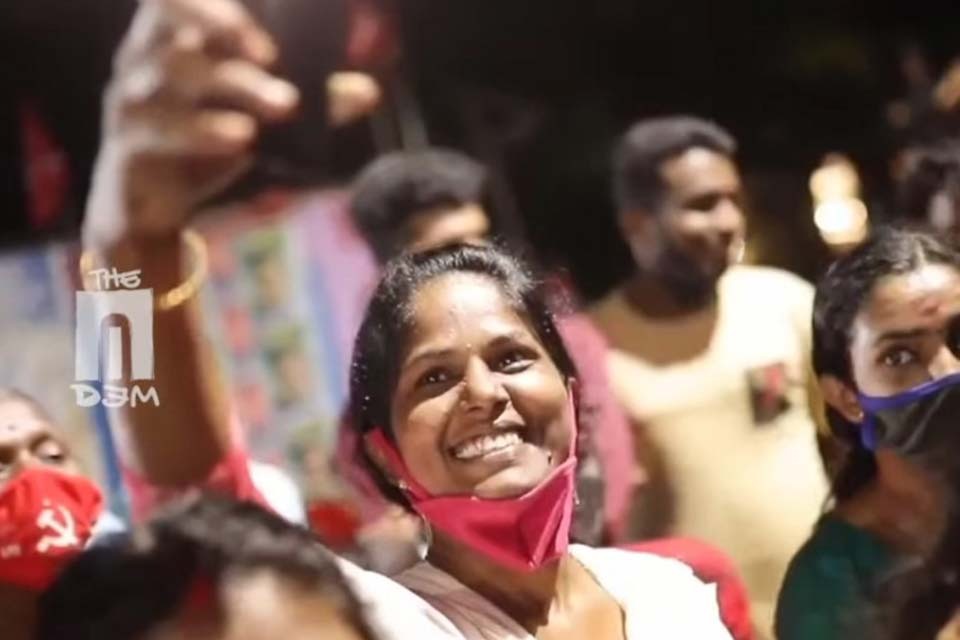

Thank you Mr Baiju Chandran . As a political observer following Kerala politics I had known about Comrade Rajendran through media . But the picture you have etched here based on your shared experiences from your youth is really engaging . Kudos